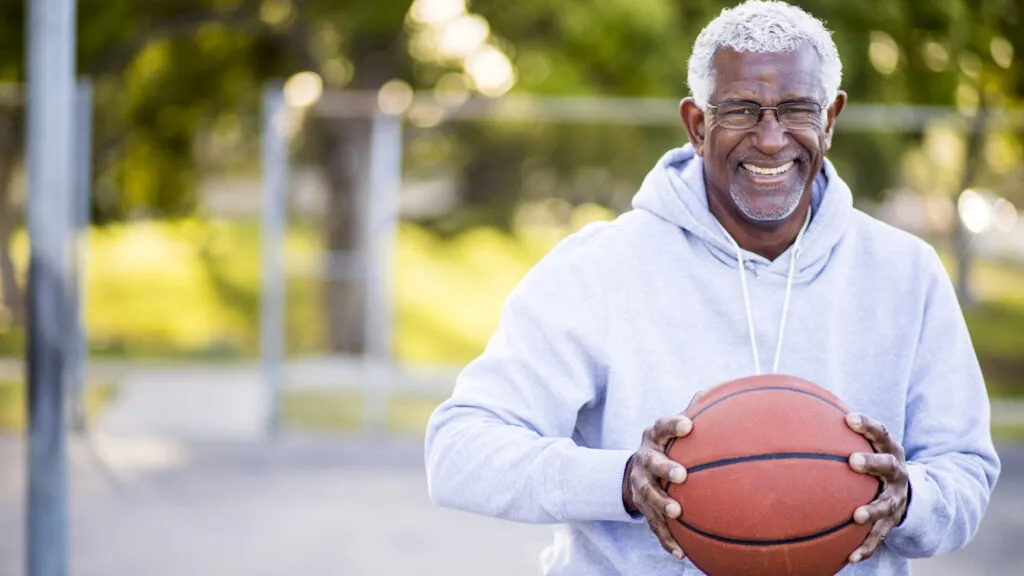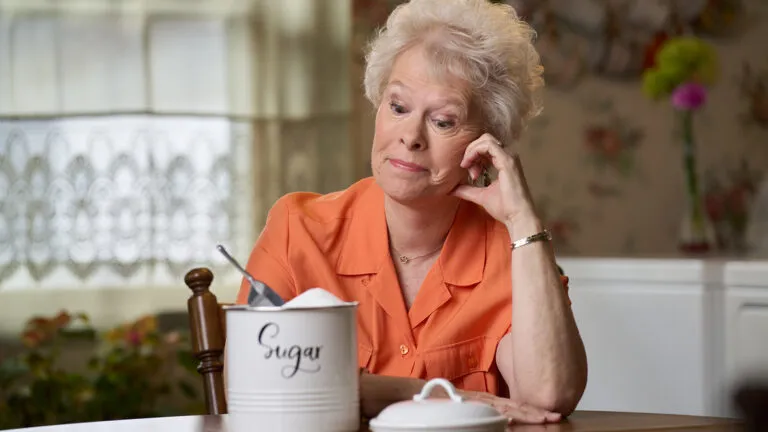Exercise is one of the keys to good health. Hippocrates knew this back in 400 B.C. and every doctor, website, and tabloid has reminded us of it since. Exercise lowers blood pressure, regulates hormone levels, controls our weight, strengthens our bones and muscles, and improves mood. It can even reduce our risk for some cancers.
But there’s even more. The new science of exercise claims that it has the power to keep us young. You need not become a triathlete or commit yourself to hours of weight-lifting. Even micro-workouts – movement of any kind for short periods of time – can reap significant benefits.
How Exercise Stops the Aging Process
To understand how, exactly, exercise halts the aging process, we need to return to Biology 101 and look at our cells under a microscope.
We all have caps at the end of each strand of DNA called telomeres that protects our chromosomes. When our cells divide at an accelerated rate, our telomeres get shorter, and we age. Recent studies have shown that exercise protects the telomeres from getting shorter.
A group of Belgian researchers conducted a study where they took muscle biopsies from 10 healthy participants riding a stationary bike for 45 minutes. They tested the amount of lactate in the blood and found that exercise boosts a compound called nuclear respiratory factor 1 (NRF1) that protects telomeres from getting shorter. This compound is like a pillowcase, keeping the pillow from getting worn and shabby. With each session of moderate exercise, the protection to the telomeres is refreshed—essentially given a new pillowcase—which helps the cells stay functionally younger. Exercise slows aging on a cellular level.
Just as certain toxins and carcinogens trigger alterations of our DNA that make us age, exercise induces positive changes that help our cells to work more efficiently and keep them from getting tired and worn out, like the pillow without its protective case. The changes occur even after a single session of exercise.
In another study conducted by researchers at the Karolinska Institute in Stockholm, it was demonstrated that certain genes were turned on and off during exercise and rest. Muscle biopsies of cyclists who pushed themselves to 80 percent of their capacity showed more gene activity than the biopsies taken from cyclists pushing themselves at 40 percent.
Young Body, Young Brain
Exercise doesn’t just keep our bodies young. It keeps our thoughts fluid and our minds alert. Physical activity might even protect the brain from Alzheimer’s disease. Researchers from the University of Wisconsin-Madison found that moderate levels of physical activity were associated with healthier glucose metabolism in the brain. Participants who exercised for at least 68 minutes each day showed better glucose metabolism, pointing to the neuroprotective effect of exercise against Alzheimer’s disease and promotion of better brain health, in general.
Scientists believe that physical activity keeps the blood flowing consistently to the brain – supplying fresh oxygen and nutrients — which helps to remove toxins that age cells. Exercise can also prevent and lower inflammation which promotes the collection of protein plaques in the brain – contributing to Alzheimer’s. Finally, physical activity boosts levels of a growth hormone that stimulates the formation of new neurons and connections.
In a study published in the British Journal of Sports Medicine, researchers from the University of Canberra analyzed the effects of at least four weeks of structured physical exercise on the brain function of adults. They found that aerobic exercise improved a range of cognitive abilities – thinking, reading, learning, and reasoning – while muscle training (i.e. lifting weights) enhanced executive functions like planning and organizing.
The Twin Study
If you’re still unconvinced of the power of exercise to transform your health and keep you young, consider the twin study.
Researchers looked at 10 pairs of male identical twins in their 30s. These guys were similar in every way—obviously sharing the same DNA. The only difference was that one person in each pair had stopped exercising. The study showed that after three sedentary years, each non-exercizer had begun to develop insulin resistance, a precursor to diabetes. The sedentary group also had more body fat, lower endurance, and less gray matter in the regions of the brain responsible for motor control and coordination.
One Minute Will Do
If you don’t have time to commit to a long, vigorous workout, you’re in luck. New research from McMaster University found that just one minute of exercise can reap significant health benefits. In his study, researcher Martin Gabala had participants exercise hard for three 20-second intervals three times a week over 12 weeks. He compared the blood sugar levels and cardiovascular fitness to people who were doing 150 minutes of continuous exercise per week. Both groups improved by the same amount despite the variation in time. Even better, he said physical activity includes many of the movements we already do throughout the day.
Go Forth and Exercise
Your gym teacher in the fourth grade may not have read all the research touting the benefits of exercise, but he or she was right to make you run around the school parking lot. Turns out that physical activity does much more than lower your risk for cardiovascular disease and ward off the weight. It keeps your brain and body young on a cellular level.





